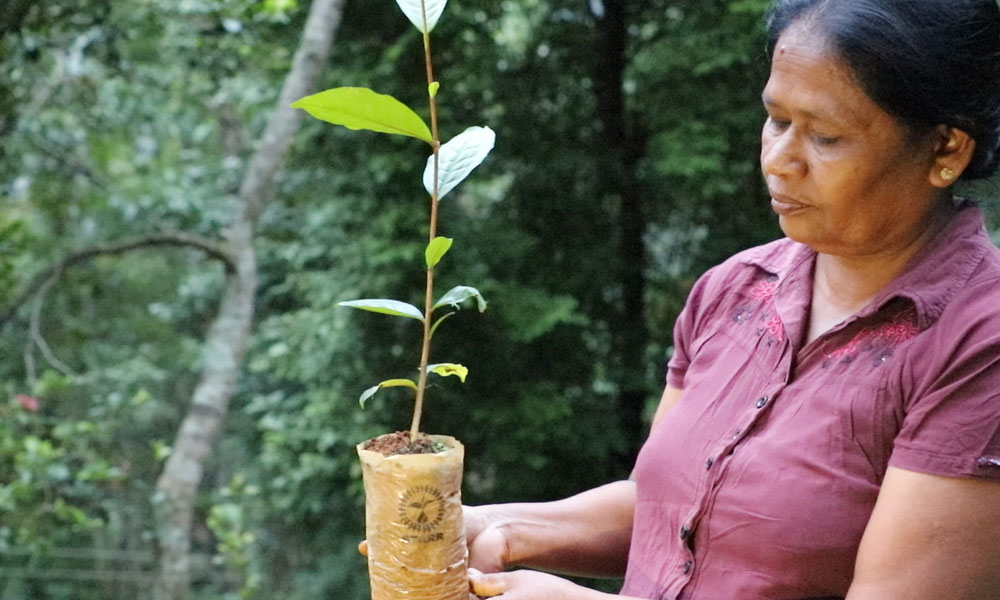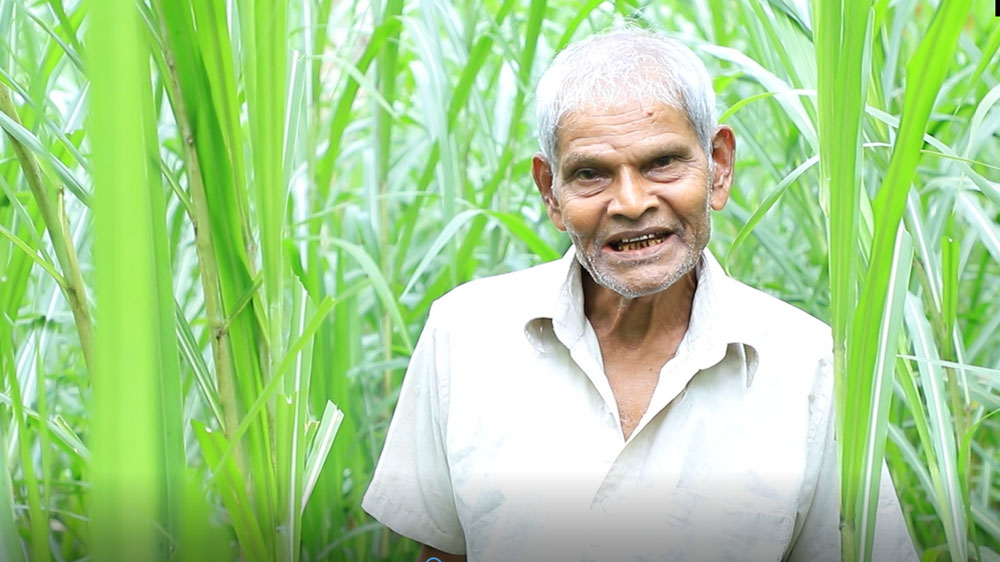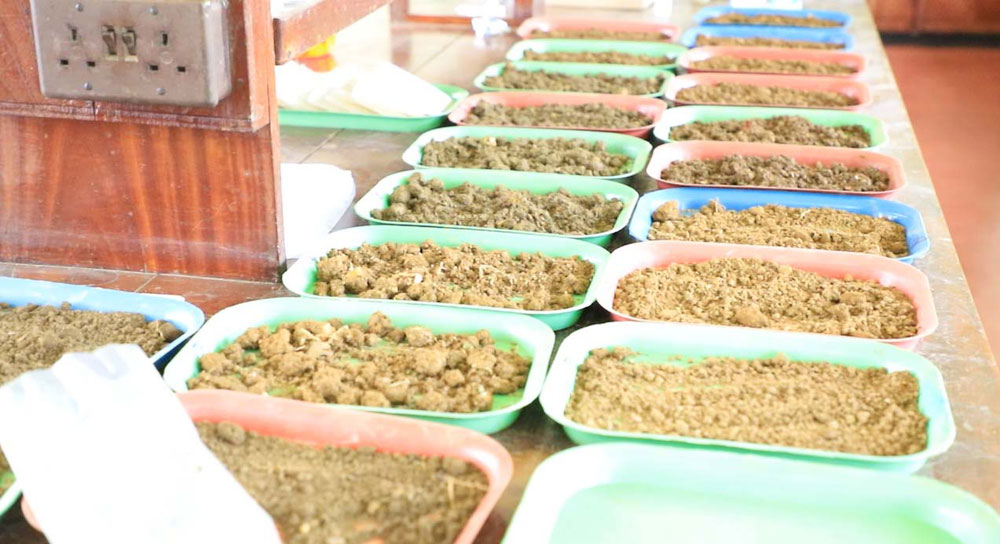How innovation is helping tea growers in Sri Lanka
IFAD Asset Request Portlet
Asset Publisher
How innovation is helping tea growers in Sri Lanka
Estimated reading time: 4 minutesSri Lanka has been a global supplier of tea since the plant was first imported to the island about a hundred and fifty years ago. Since then, tea estates have often been passed down from generation to generation, weathering good times and bad. Although Sri Lankan tea remains one of the most appreciated in the world, the amount of land dedicated to tea production has been slowly declining since its peak in the early seventies. Almost half of the tea lands in Sri Lanka are more than 20 years old and need to be replanted to improve yields and productivity. However, smallholders do not have the capacity to do this, as it takes three to four years from the time the work starts on an old estate to the first sale of new tea - three to four years during which the owner sees no income.

Enter IFAD and the Smallholder Tea and Rubber Revitalization (STaRR) project.
With the financial assistance from IFAD and the Government of Sri Lanka, STaRR works with with the Tea Small Holdings Development Authority (TSHDA) and the Tea Research Institute of Sri Lanka (TRI) to replant 4,500 hectares of unproductive tea lands. The ultimate goal is to ensure smallholders’ economic activities in tea and rubber become more productive, profitable and resilient. It helps both tea and rubber smallholders to be better organized, effectively and sustainably produce and market their products, and facilitates their access to credit.
To achieve these objectives, STaRR has supported the development of innovations addressing one of the biggest bottlenecks of the entire process: the long time it takes from the initial investment to market. A major factor in this three to four-year interval is a soil rehabilitation period that lasts between 18 to 24 months. Soil in old tea estates is often affected by several problems at once, such as parasites (nematodes), lack of nutrients, poor soil quality and high acidity. Any one of these is severe enough for the soil to need rehabilitation, where old tea plants are uprooted, and a plant locally known as mana grass (Cymbopogun Confertiflorus) is grown in their place and cut. The cut grass is then added to the soil in three-month cycles.

In 2020, STaRR introduced two innovations that enable smallholders to reduce the soil rehabilitation to one year, or even to bypass it completely, depending on the soil’s conditions. This has a massive impact on the time to market for the smallholder, reducing it on average from four to two years.
The first innovation is the introduction of CO3 grass, also known as Hybrid Napier grass. It was developed in the late '90s as cattle fodder, but it can also be used to rehabilitate soil, just like mana grass, over which it has one advantage - it can do the same job in half the time. STaRR introduced this in 2020, and raising awareness of the reduced rehabilitation time – convinced higher numbers of smallholders to participate in the project.
Following this, another innovation was introduced to shorten the rehabilitation time even further, known as direct tea replanting under Soil Quality Testing (SQI). If the soil has not been recently disturbed at depth (for example, if the old tea plants have already been uprooted this makes the field ineligible, due to the inability of measuring physical properties for SQI), a sample can be taken and analyzed at TRI, which now has advanced soil testing facilities thanks to STaRR.

Depending on the test results, the smallholder has three options available:
- If the soil is found to not be affected by the above-mentioned problems, they receive a permit to proceed with uprooting and replanting immediately, bypassing the rehabilitation period;
- If the soil is found to be too acidic, the mineral Dolomite (calcium magnesium carbonate) is added until an optimal pH level of 4.5-5.5 is reached;
- If the soil fails the SQI test or contains nematode parasites, it will need to be rehabilitated, and even then, this can now be done with Hybrid Napier grass instead of mana grass.
Thanks to these two innovations introduced by STaRR, smallholders are able to reduce a process that previously lasted up to four years, down to one to three years depending on the condition of their fields. In the past, the duration of this process was a major obstacle in engaging farmers in rehabilitating their tea plantations, as most of them own less than half a hectare of land, and cannot afford to go without obtaining value from it for such a prolonged period. Due to a combination of the shorter rehabilitation period, and up-front subsidy payments at the start of the process, the project has been able to dramatically increase the level of participation, and these farmers will benefit from more productive and higher quality tea plants, leading to an increase in their incomes.
Find out more about IFAD and Sri Lanka.
Publication date: 21 May 2021